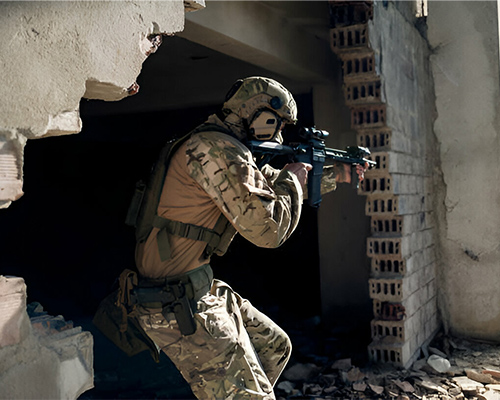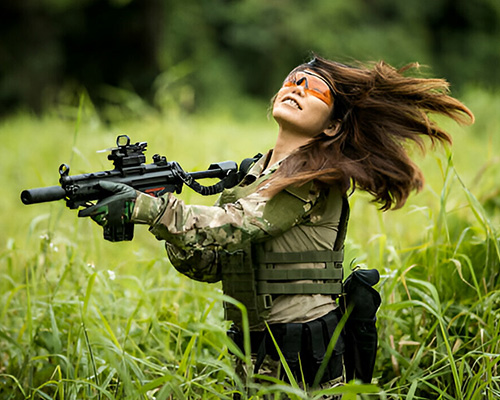The Role of Combat Suits in Special Operations
In the realm of modern warfare, special operations forces (SOF) stand out for their precision, agility, and versatility. These elite units undertake some of the most dangerous and complex missions, requiring gear that provides the utmost in protection, functionality, and stealth. At the heart of their equipment is the combat suit, a critical piece of technology designed to meet the unique demands of special operations. ( combat suits manufacturer )
Enhanced Mobility and Flexibility
One of the primary requirements for special operations combat suits is enhanced mobility. Unlike standard infantry units, special operations forces often operate in diverse and challenging environments—from dense urban landscapes to rugged mountainous terrain. To navigate these settings effectively, their combat suits are designed to offer maximum flexibility and ease of movement.
Advanced materials such as lightweight, high-strength fibers are commonly used in the construction of these suits. These materials provide a balance of durability and flexibility, allowing operators to move swiftly and silently. Features like articulated joints and stretch panels further enhance mobility, ensuring that the suit does not hinder movement during critical moments.
Stealth Capabilities
Stealth is a cornerstone of special operations. Whether conducting reconnaissance, direct action missions, or counter-terrorism operations, remaining undetected is often crucial to the success of the mission. Combat suits designed for special operations incorporate several features to enhance stealth capabilities.
Firstly, the suits are often treated with advanced camouflage patterns that blend seamlessly with various environments, from deserts to forests. Additionally, the materials used may have low-visibility coatings that reduce infrared signatures, making it harder for enemies to detect operators using night vision equipment. ( military combat suit manufacturer )
Sound reduction is another critical aspect of stealth. Combat suits are designed with noise-dampening fabrics and construction techniques to minimize rustling or other noises that could betray an operator’s position. Integrated gear attachment systems also help reduce noise by securely holding equipment in place, preventing it from clanking or shifting during movement.

Customized Gear for Specific Missions
Special operations missions are diverse, ranging from hostage rescues to high-value target extractions. To meet these varied needs, combat suits for special operations are often modular and customizable. Operators can tailor their gear loadout based on the specific requirements of each mission.
Modular attachment systems, such as the MOLLE (Modular Lightweight Load-carrying Equipment) system, allow operators to attach and detach pouches, holsters, and other gear as needed. This customization ensures that operators have quick access to essential tools and equipment, whether it be medical supplies, communication devices, or ammunition.
Furthermore, special operations combat suits often include integrated body armor that can be adjusted based on the threat level. Lightweight armor plates provide protection against small arms fire, while additional ceramic or composite plates can be added for enhanced ballistic protection.

Advanced Technology Integration
Modern special operations combat suits are not just about physical protection and stealth; they are also high-tech platforms designed to enhance situational awareness and communication. Many combat suits now incorporate advanced technologies that provide operators with real-time data and connectivity. ( KMS- tactical combat suit manufacturer )
Integrated communication systems allow operators to stay in constant contact with their team and command units, even in the most challenging environments. These systems often include noise-canceling microphones and earpieces to ensure clear communication amidst the chaos of battle.
Wearable sensors and health monitors are also becoming standard in special operations combat suits. These devices track vital signs, physical exertion, and even environmental conditions, providing valuable data that can inform decision-making and medical interventions.
Conclusion
The role of combat suits in special operations is pivotal, providing operators with the mobility, stealth, and technological edge they need to execute their missions successfully. As technology continues to advance, we can expect these suits to become even more sophisticated, further enhancing the capabilities of the world’s most elite military units. In the ever-evolving landscape of modern warfare, the combat suit remains a cornerstone of special operations, embodying the cutting edge of military innovation and design.
